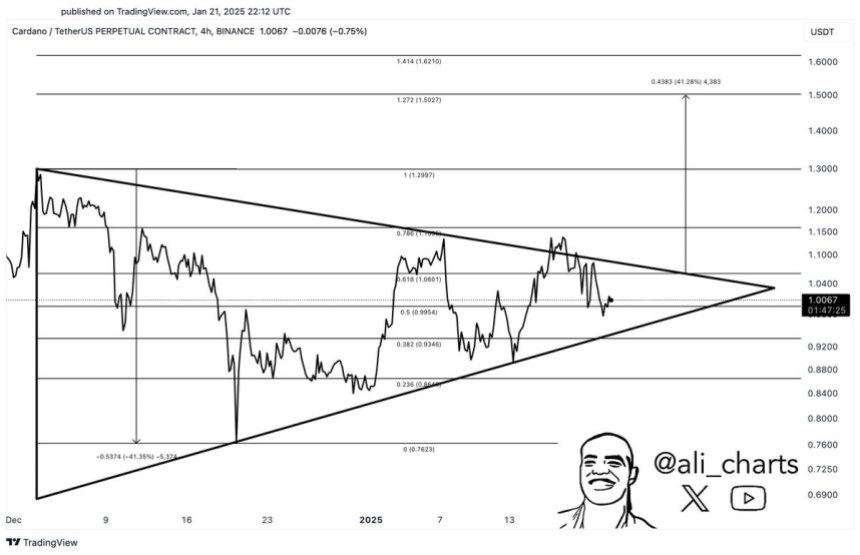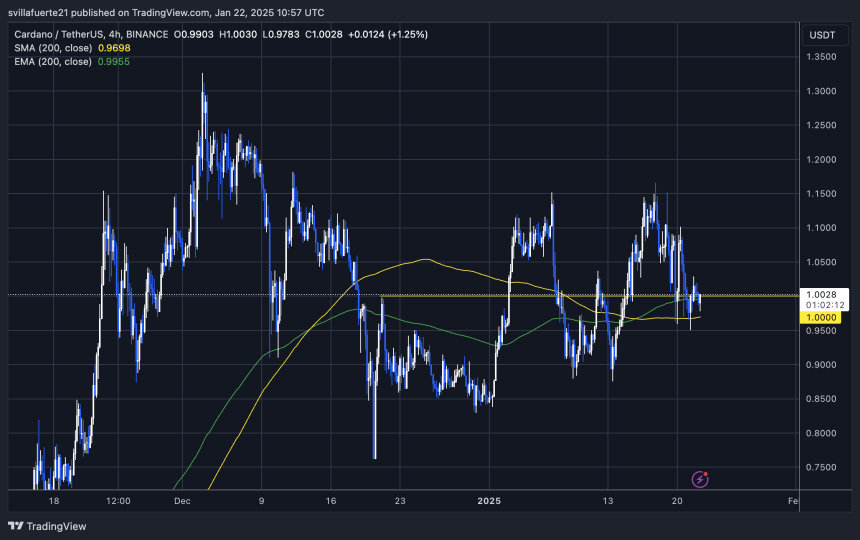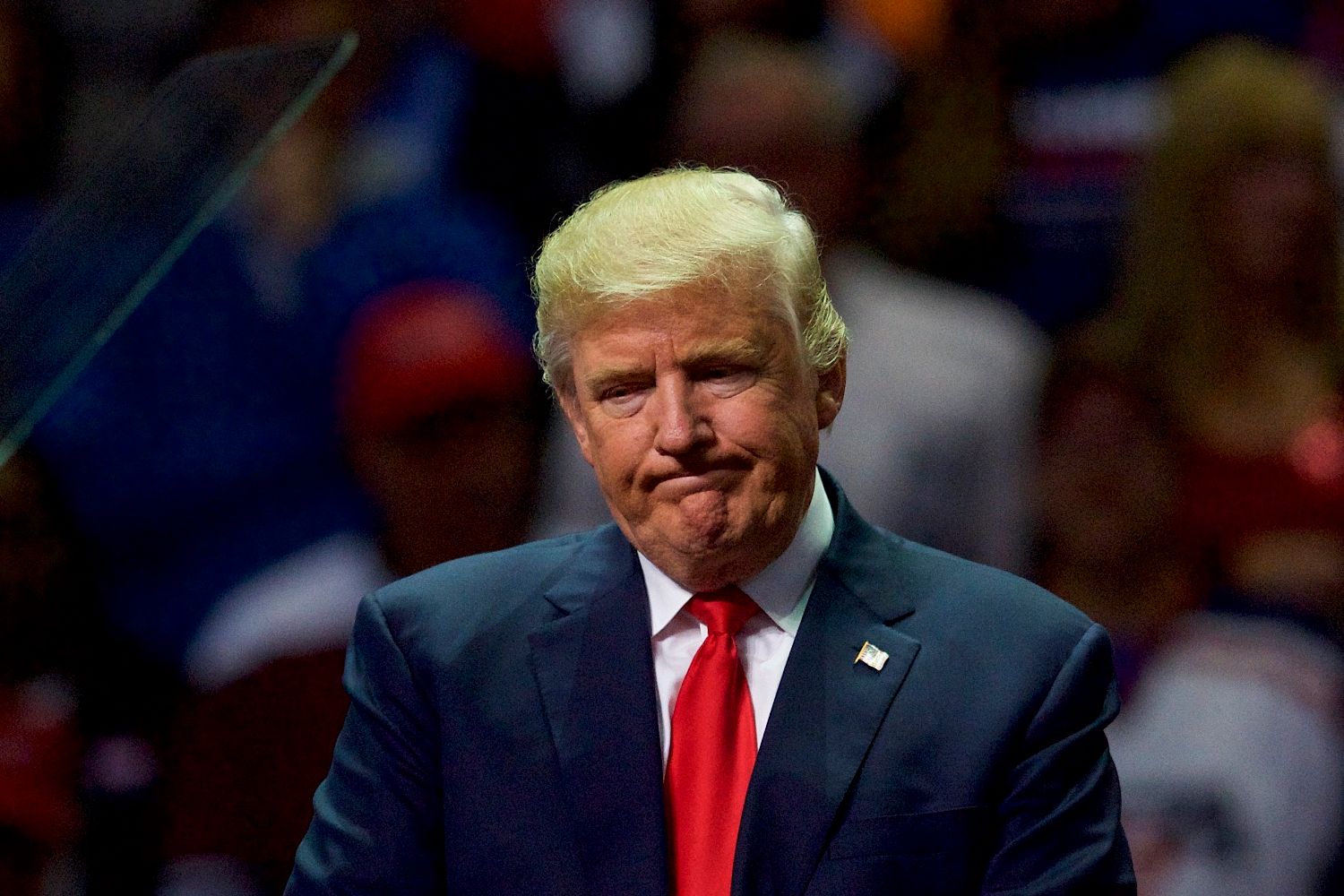
As the cryptocurrency market gears up for a potential 2025 bull run, investors are speculating whether Ethereum (ETH) could reach $8,000, a milestone that would mark a significant leap from its current levels.
Meanwhile, Lightchain AI, a rising star in the altcoin space, is attracting substantial attention from whales, signaling its potential to deliver exponential returns.
Ethereum Backbone of Decentralized Finance
Ethereum acts like the basic stage for uncentralized money, letting people make and do smart deals that help direct money swaps without middlemen.
This spread out design makes sure that things are clear, s͏afe, and easy to get to, letting users take part in things like lending borrowing and trading straight on the blockchain. The start of Ethereum 2.0 or Eth2 marked a big step in the platforms growth. This update tries to fix issues with how much it can grow and use energy helping the network’s speed and lasting power.
As Ethereum 2.0 grows and more upgrades are added, the network is likely to keep its place as a leader in the blockchain world, helping a new time of shared finance, rule, and art.
Lightchain AI Rising Star Whales Are Betting On
While Ethereum continues to dominate the DeFi space, Lightchain AI is making waves as a disruptive force by merging blockchain technology with artificial intelligence.
This innovative platform has already caught the attention of major investors, raising $12 million in its presale with tokens priced at $0.00525.
Lightchain AI stands out with its revolutionary features, integrating AI to enhance real-time data processing and decision-making within decentralized ecosystems. It also tackles scalability issues with high transaction speeds, rivaling networks like Solana, making it an attractive option for developers.
The influx of whale investments underscores confidence in its potential, with some predicting a 100x return by 2025. Lightchain AI is quickly positioning itself as a leader in the next crypto cycle.
Big Picture – Ethereum and Lightchain AI as Power Players
While Ethereum’s established presence, robust ecosystem, and recent upgrades like the transition to proof-of-stake make it a strong candidate for significant growth, Lightchain AI’s cutting-edge technology, focus on AI-driven blockchain solutions, and growing whale interest position it as an exciting contender for outsized gains.
Lightchain AI’s unique approach to integrating artificial intelligence with blockchain has been drawing attention from both retail and institutional investors, signaling its potential to disrupt the market.
Investors seeking diversification in the 2025 bull run could benefit from considering both ETH and Lightchain AI, balancing the proven stability and scalability of Ethereum with the high-growth potential and innovation offered by Lightchain AI. This combination could provide a strategic edge in capturing gains in a rapidly evolving crypto landscape.
https://lightchain.ai
https://lightchain.ai/lightchain-whitepaper.pdf
https://x.com/LightchainAI
https://t.me/LightchainProtocol
Disclaimer: This is a sponsored article and is for informational purposes only. It does not reflect the views of Crypto Daily, nor is it intended to be used as legal, tax, investment, or financial advice.
Source link


































You must be logged in to post a comment Login